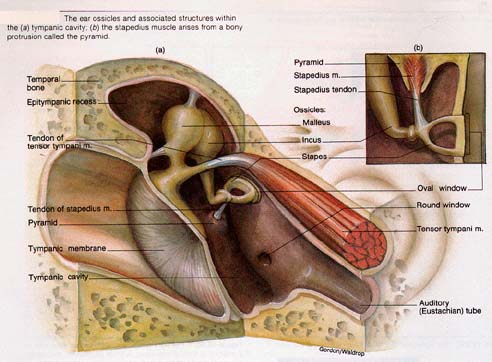|
What Is Myoclonus?
Myoclonus describes a symptom and generally is not a diagnosis of a disease. It refers to sudden, involuntary
jerking of a muscle or group of muscles. Myoclonic twitches or jerks usually are caused by sudden muscle contractions, called
positive myoclonus, or by muscle relaxation, called negative myoclonus. Myoclonic jerks may occur alone or in sequence,
in a pattern or without pattern. They may occur infrequently or many times each minute. Myoclonus sometimes occurs in
response to an external event or when a person attempts to make a movement. The twitching cannot be controlled by the person
experiencing it.
In its simplest form, myoclonus consists of a muscle twitch followed by relaxation. A hiccup is an example
of this type of myoclonus. Other familiar examples of myoclonus are the jerks or "sleep starts" that some people experience
while drifting off to sleep. These simple forms of myoclonus occur in normal, healthy persons and cause no difficulties. More
severe cases of myoclonus can distort movement and severely limit a person's ability to eat, talk, or walk. These types of
myoclonus may indicate an underlying disorder in the brain or nerves.
Myoclonus may develop in response to infection, head or spinal cord injury, stroke, brain tumors, kidney
or liver failure, lipid storage disease, chemical or drug poisoning, or other disorders. Prolonged oxygen deprivation to the
brain, called hypoxia, may result in posthypoxic myoclonus. Myoclonus can occur by itself, but most often it is one of several
symptoms associated with a wide variety of nervous system disorders. For example, myoclonic jerking may develop in patients
with multiple sclerosis, Parkinson's disease, Alzheimer's disease, or Creutzfeldt-Jakob disease. Myoclonic jerks commonly
occur in persons with epilepsy, a disorder in which the electrical activity in the brain becomes disordered leading to seizures.

What does Stapedial mean?
The stapedius muscle is the smallest of the skeletal muscles. It lies in a sulcus in the wall of the tympanic
cavity. It is a mixture of striated and non-striated fibers that converge into a tendon. This tendon attaches the muscle to
the head and/or the posterior leg of the stapes. The muscle is innervated by the facial nerve that lies directly behind the
sulcus. The contraction of the muscle draws the anterior border of the footplate laterally and the posterior border medially.
This fixes the footplate in place and dampens the response.
HOW THE EAR WORKS
|

